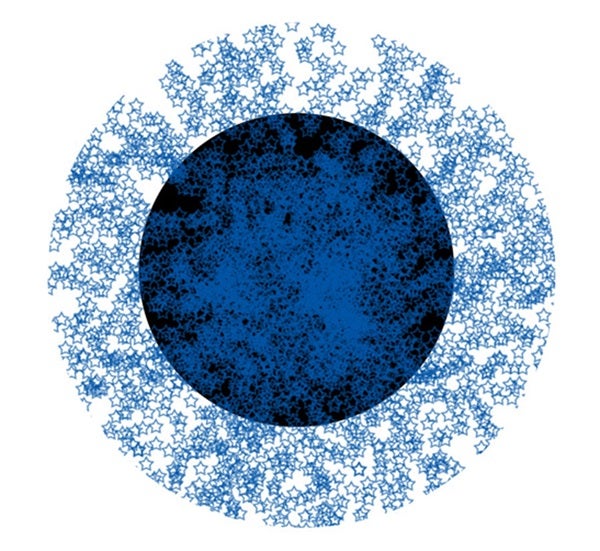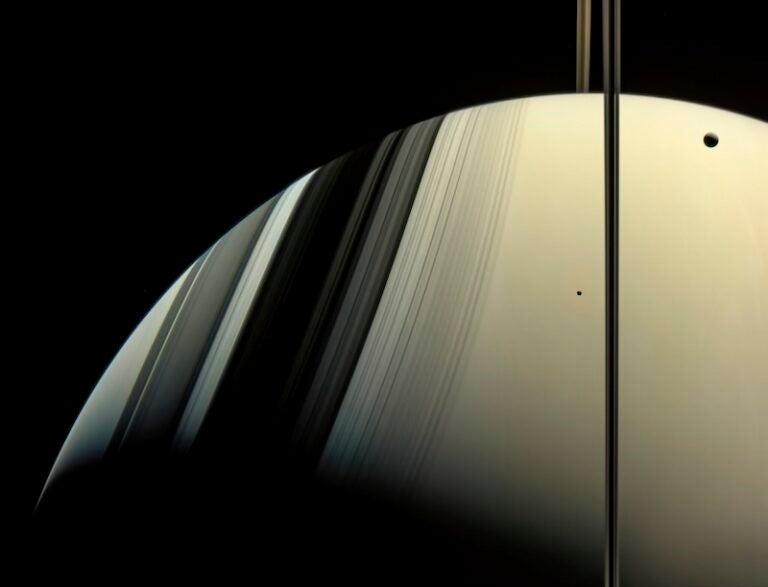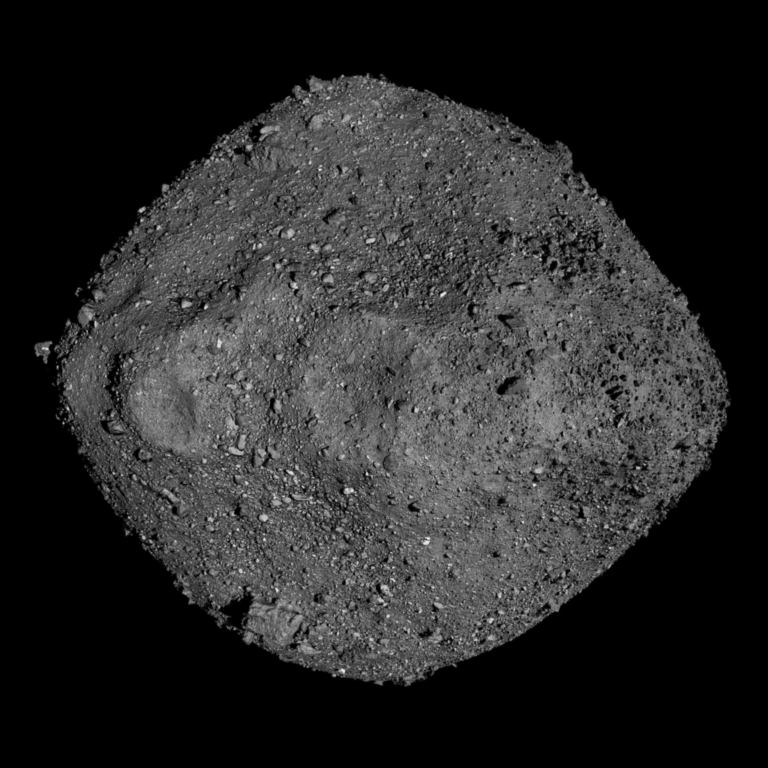Instead of magazine-worthy images, I ended up with a lot of squiggly lines. My photos lacked “guiding,” a way of compensating for random atmospheric anomalies and other unexpected changes.
There are two basic ways to guide, and we will look at both in detail. The first, and arguably the easiest, is to use a guide scope. You obtain an image through the main telescope while guiding — keeping a separate “guide star” lined up — through a different, usually smaller, telescope. The two scopes cannot budge in relation to each other; the term for such movement is differential flexure. You must be careful that both telescopes are securely clamped together and that the focusing tubes are rigid.
The other basic way to guide is to use off-axis guiding. As the name implies, this process uses a small prism to gather light from outside the axis of light entering the camera. Because all the light comes from the same source, differential flexure isn’t a problem. This is the guiding method of choice with any large telescope and Cassegrains of all types, whose magnified and sensitive images make it hard for guide scopes to “keep up.” Pick a solidly built off-axis guider that moves the focus point back as little as possible, and check to see if the guider offers connectivity to your imaging setup. You might have to order a custom-made part from Precision Parts, Inc., to get everything to work.
Whatever method you use, once you have the guide star in place, the next step is to calibrate the mount. Your imaging software needs to know how much your mount moves in a given amount of time and in what direction. It helps to line up the movement of the guide star parallel to the right ascension and declination by rotating the guide camera. Set the calibration so that you can move the guide star at least six star diameters in each direction.
different seeing
conditions, and
you need to adjust
each time.
You can’t keep up with “jittery” seeing, and if you use a short exposure setting, you will only be “chasing the seeing”: The mount will continuously try to catch up to the star and in the process actually make the guiding worse! Under conditions like this, you want to give the jittery star room to move around and only correct for the major errors. Your image already will suffer from the jumpy seeing — no need to make things worse.
For those of you just starting out, I recommend an illuminated reticle, which is an eyepiece that has reference lines lit up inside it. Try to guide manually to fully understand the dynamics of your imaging system. If you have guiding problems and all else fails, insert an eyepiece to see what’s going on.
Finally, if you have an erratic mount by nature, you might consider buying an adaptive optics device that performs fine corrections via a lens or mirror. The improvement can be dramatic, though less so for a high-end, well-tuned mount.
I hope this takes some of the mystery out of guiding.












